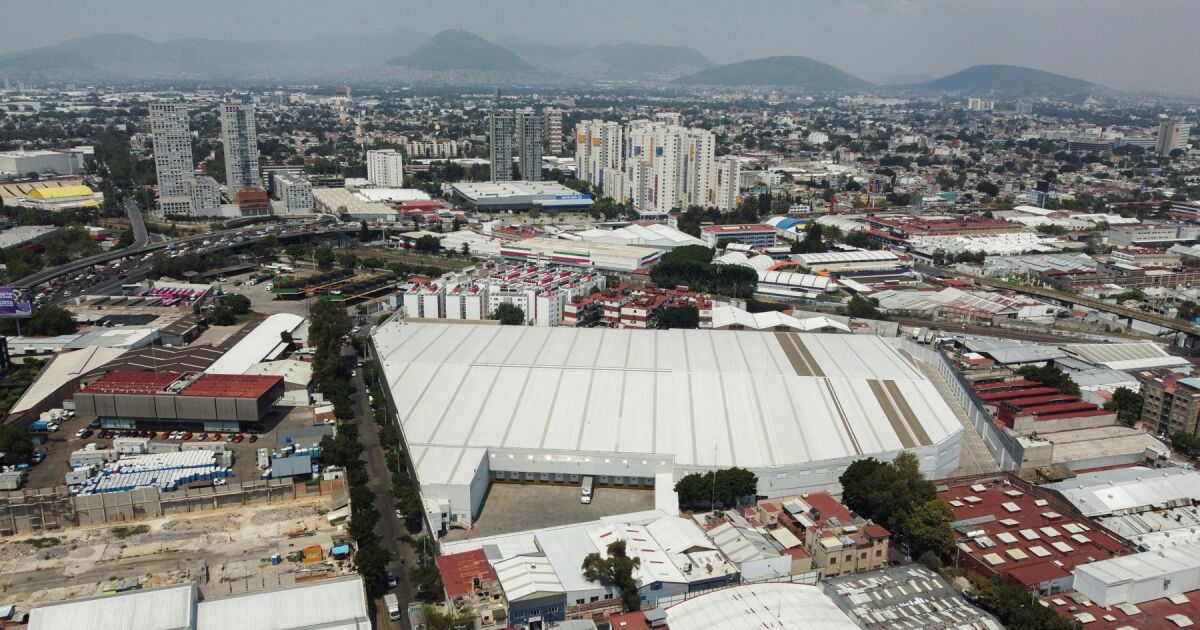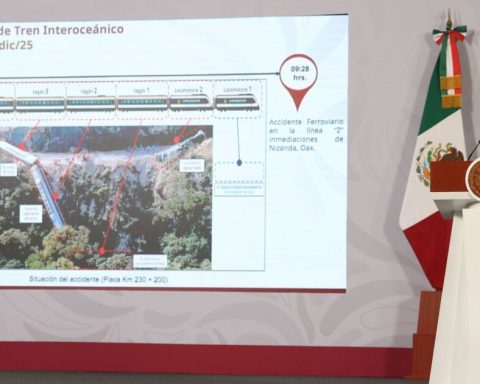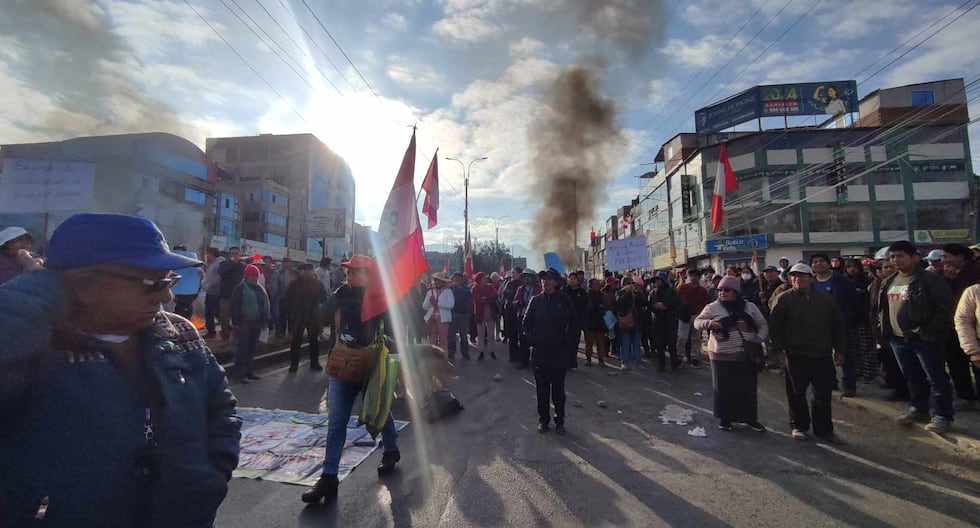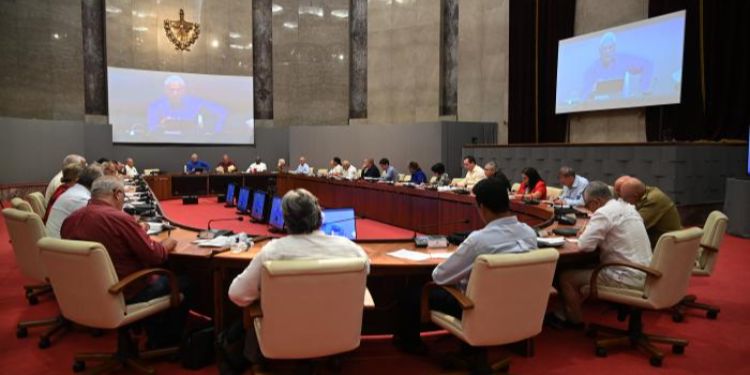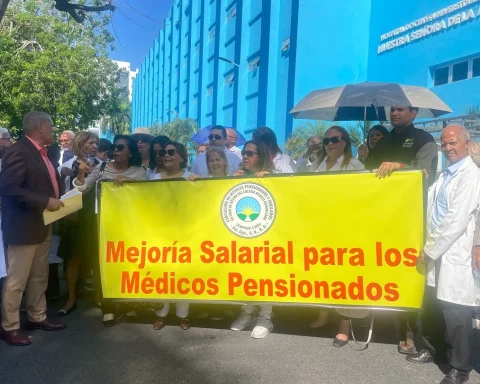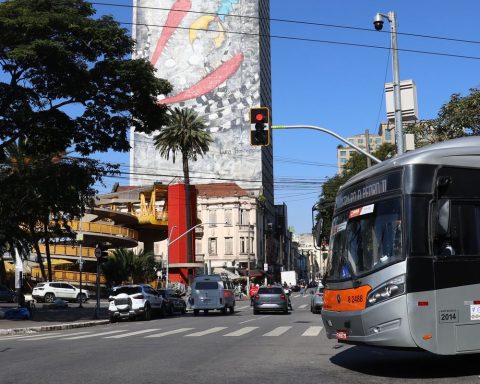The figures differ from the report of the Ministry of Economy, which indicates FDI of 36,281 million dollars in 2023 and 36,316 million in 2022.
In this regard, ECLAC explained that its annual FDI reports are made in accordance with Balance of Payments Manual No. 6, which is the methodology used by most countries in the region, but in some cases, previous methods are used, which is why there may be certain inconsistencies.
José Manuel Salazar-Xirinachs, executive secretary of ECLAC, noted that it should not be overlooked that, in 2022, Mexico registered extraordinary FDI flows due to the merger of the television companies Televisa and Univision, as well as the restructuring of the airline Aeroméxico.
The 2023 decline in Mexico is mainly attributed to declines in revenues in the form of capital contributions, which fell by 72% and reached the lowest level since 2012.
Regarding the contribution of nearshoring to Mexico’s FDI, Salazar-Xirinach highlighted that it is one of the countries in the region best positioned to benefit from this trend, as it has a solid free trade agreement with the United States and Canada, and has a high level of productive integration with North America in a whole series of global value chains such as the automotive, aerospace, medical devices and modern services industries.
“There is a lot of anecdotal evidence of foreign direct investment flows coming for nearshoring reasons, but it is a little bit harder to read this into the statistics, partly because the phenomenon is relatively recent,” he said at a press conference.
What was observed in 2023 was a significant increase in foreign direct investment inflows into Mexico in manufacturing, with 50% of total FDI inflows going to this sector.
As regards Latin America and the Caribbean, the region attracted US$184.3 billion in FDI, 9.9% lower than that recorded in 2022, which is explained by the 23% drop in Mexico and the 14% drop in Brazil.
Even leading the region’s declines, Brazil remains the largest recipient of foreign investment and Mexico the second, with a share of 34.8% and 16.4%, respectively.
Something that ECLAC also highlights is that although Mexico and Brazil continue to be the main destinations for US FDI in the region, both experienced a decrease in inflows from that country of 30% and 21%, respectively.
Finally, the investment outlook for the future in Latin America and the Caribbean improved in 2023, as there was a 16% increase in the amount of new project announcements, reaching a total of US$115 billion, compared to the US$99 billion announced in 2022.
